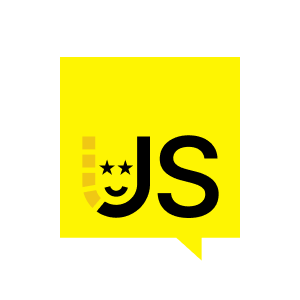And one of the things that I often hear is that they're aiming at shortening the release cycles. Now, that could be because of N number of reasons. That could be because of, you know, innovation where they want to drive roll out new features and or maybe they just want to fix the bugs so that they can make the experience better for the customers or maybe just or you know, the the kind of just just refactor the code for better stability of their application as such.
Now, we all know that this thing, this automation tools have been existing. And although these these the users and the customers that I've been talking to have implemented end to end testing suit, but there still exists a bigger problem, and that's the test infrastructure on which they run the tests on. And unfortunately, this this this infrastructure on which they run the tests on, if it is not really up to the mark, it really increases the test execution time significantly.
Now, let's talk about the infrastructure as such now talking about the in-house infrastructure, if you if you're in it, firstly, it takes a lot of time to build and maintain this infrastructure. And if it's not really up to the mark and customized as for the needs of the Q8 team, it becomes very tough to scale it. And also this this adds a lot of cost to to to maintain this entire effort. And the second aspect is high test execution time. Now, it's very, very important, especially for the modern QA and dev teams who are who are really focusing on increasing their release velocities and ship code faster. High test execution is one of the biggest roadblocks that we often hear. And again, like I said, it's not the problem about the end-to-end automation suit, but it's about the release velocity they are aiming at. And one of the roadblocks again, is because of the hours and hours that it takes to run your test suit.
Now, if you look into this graph on the right-hand side, as you start your test suit, it typically just takes seconds to run. And as you scale your test suit, as you know that your test suit, the test execution time is proportionally related to the code you ship. So the more code you ship, the more test scripts are written, and your test cases grow. Now, as you go towards the enterprise suit, where you have ten thousands of tests, your execution time takes from minutes to hours to complete. And that is a bigger problem to solve because your developers are actually waiting to get the feedback of the code they've written. Now, you may have noticed that here we're waiting for the test to complete, and again, with the poor infrastructure that we are running the test on, we are impacting the productivity of both the QA and development teams.
Now, third problem is flaky test at scale. Now flaky test could be because of a number of reasons. Now, especially when you're running your test on infrastructure, there could be a lot of problems related to the CPU consumption. There could be high resource consumption in the machine that you're running a test on, which leads to the flaky results. Now, this is a bigger problem altogether to solve. And one of the key aspects that if you see, if you co-relate your high test execution time with your release cycle so you can directly see that the high test execution time is leading to delayed release cycles. So the feedback time that you're taking to get back to the developer is also getting lengthier. Now, we all know this problem exists. Now, this is exactly where Lambda test comes into picture. So we are building a continuous quality platform on cloud where you can test with confidence on your infrastructure and scale your test as well.

























Comments